The Breathless Zoo
The eccentric art of taxidermy explored in a new book
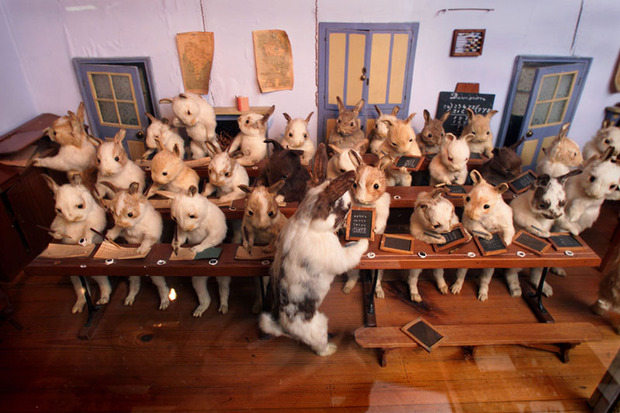
Taxidermy has risen in the contemporary design scene over recent years, mounted on the walls of shops and restaurants as well as defining a certain throwback aesthetic in modern homes. The venerable form of animal preservation marries actual scientific study with an undeniably eccentric sensibility that has endured across generations, though not everyone decorating with a bust might be fully versed in the origins of the craft. Rachel Poliquin’s “The Breathless Zoo: Taxidermy and The Cultures of Longing” delves into that rich history, exploring the motivations behind the art of taxidermy across cultures and centuries.
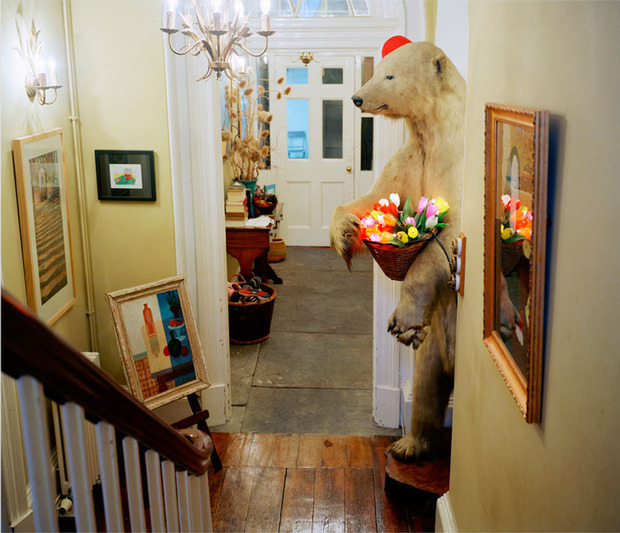
Taxidermy, says Poliquin, poses creatures in such a way that presents the “irresolvable tension” of “animal or object” that characterizes the art. One particularly definitive example comes from the 2004 exhibition “Nanoq: Flat Out and Bluesom” at Spike Island in Bristol, England. The author begins the introduction by describing the show as a culmination of Bryndís Snæbjörnsdóttir and Mark Wilson’s three-year quest to photograph every single mounted polar bear in the UK. The event showcased 10 taxidermic polar bears in a set of glass cases, after, Poliquin writes, they had been “taken from their native landscapes at some stage of life or death and manhandled into everlasting postures.”
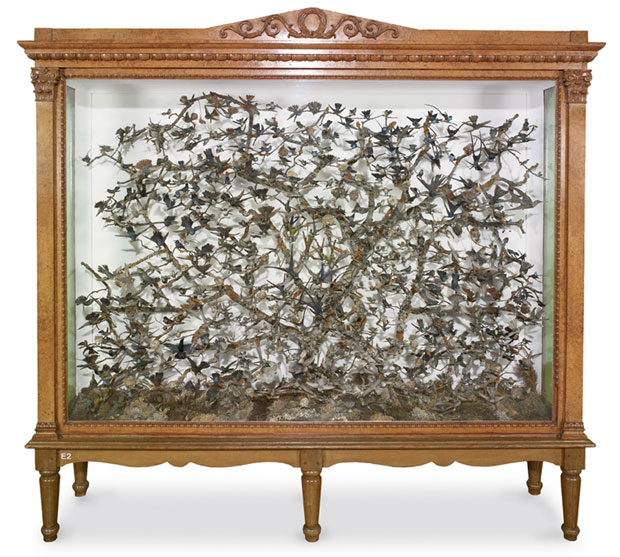
The uneasiness of such an aberrant display of specimens is a function of taxidermy itself. Poliquin ventures to outline the many reasons for the motivation to taxidermy species, from science and fashion to a showcase of virility. Poliquin offers “seven incentives—what I call narratives of longing—that impel the creation of taxidermy: wonder, beauty, spectacle, order, narrative, allegory, and remembrance…As the very word longing suggests, fulfillment is always just beyond reach.”
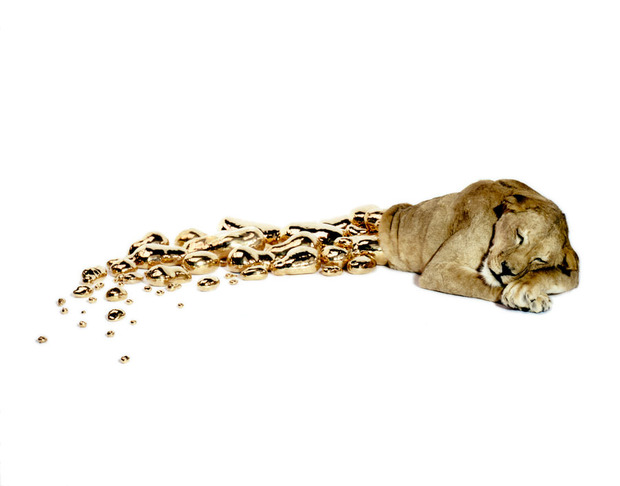
Each chapter of “The Breathless Zoo” is devoted to one of these longings and provides historical origins with a fascinating variety of photographs of taxidermic animals. The chapter focusing on “spectacle” as motivation covers Henri Rousseau‘s famous jungle and savage lion attack paintings, which were modeled after taxidermic displays, and continues to explain the anatomical and cultural aspects of the taxidermic lion. Poliquin’s book searches to find and explain truths about an ancient and continuing art that transcends time and place.
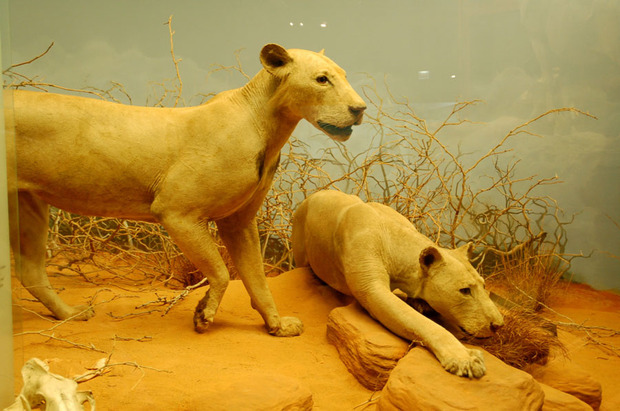
“The Breathless Zoo” is expected to be published 17 August—other taxidermy galleries and resources are available on Poliquin’s website.
















